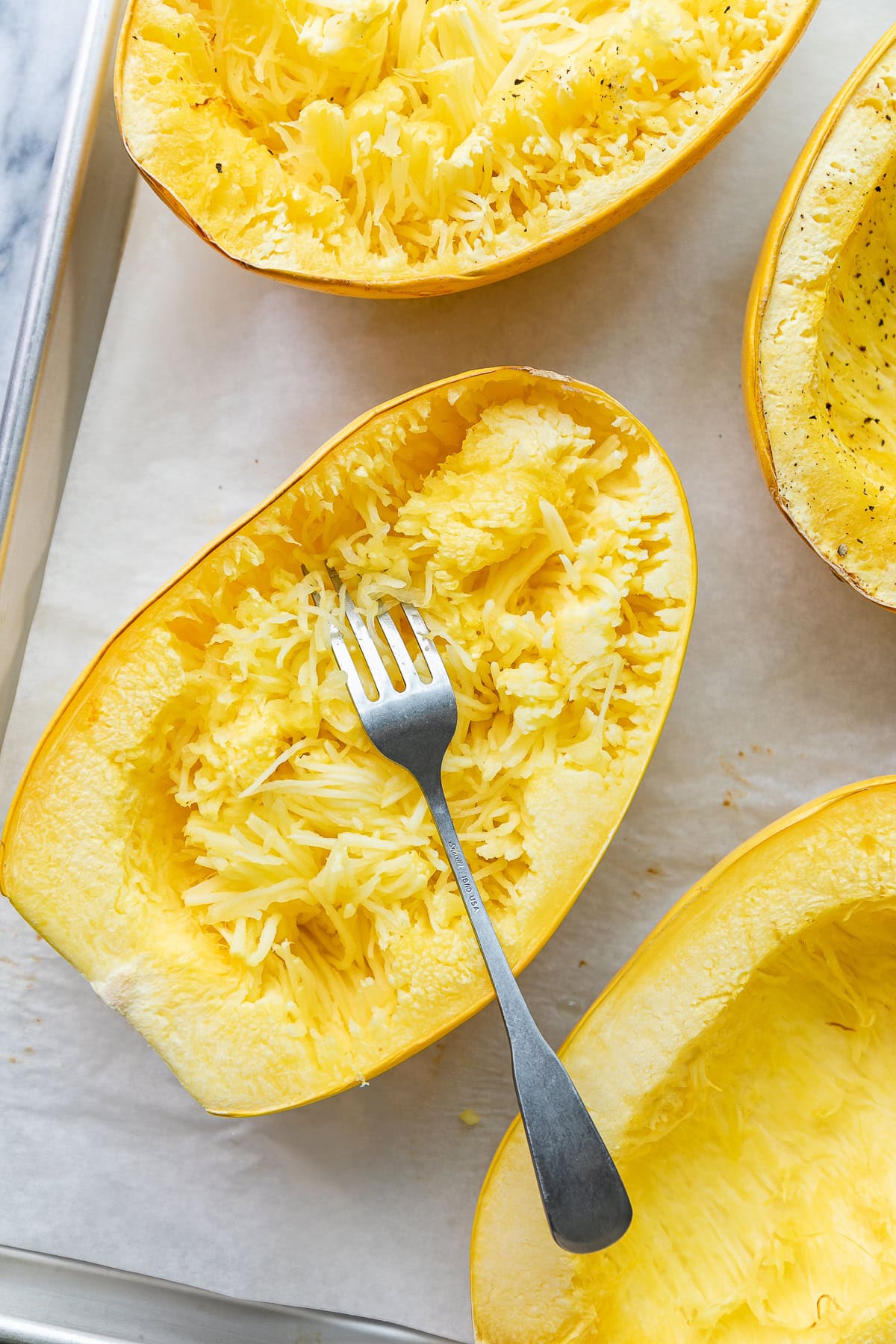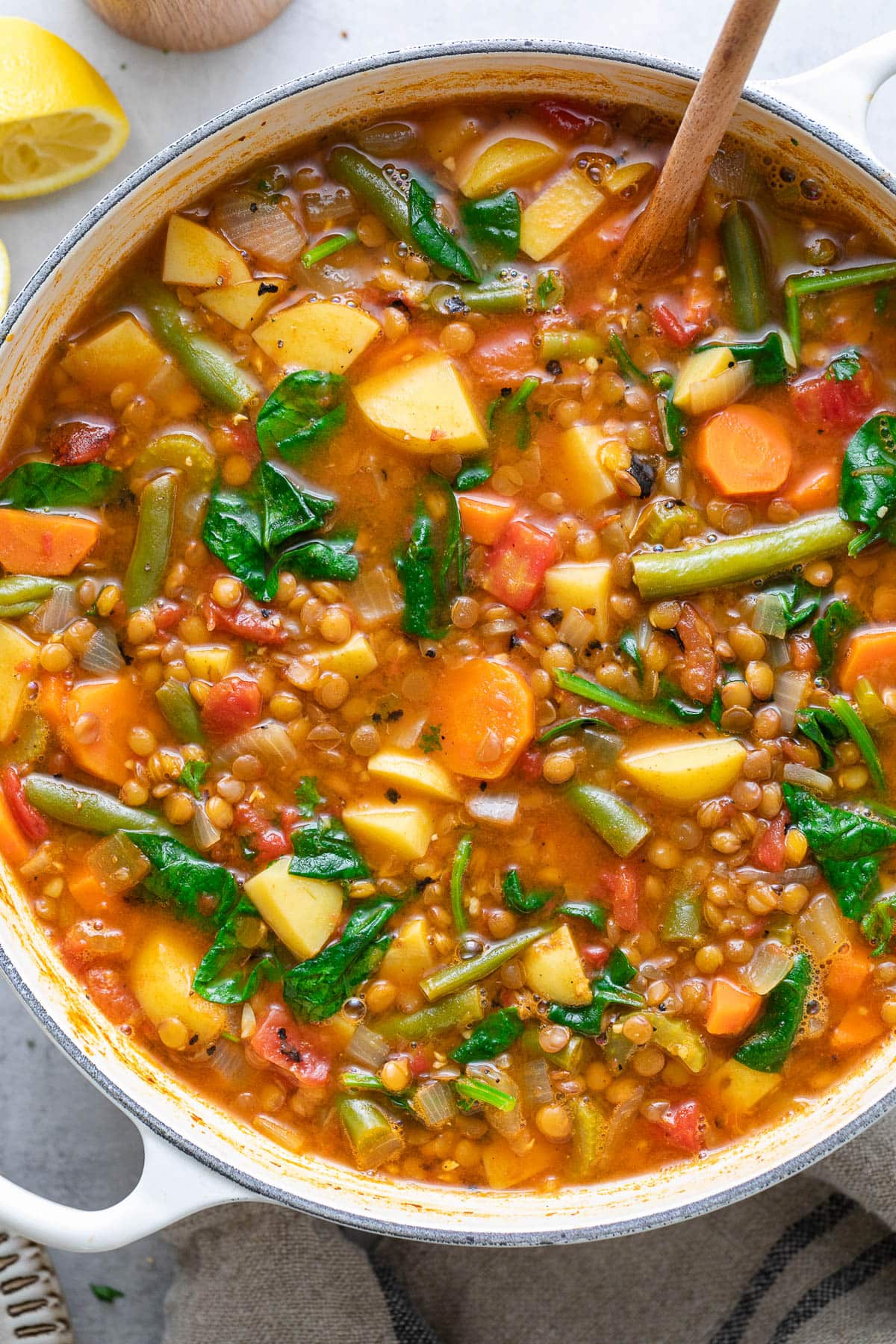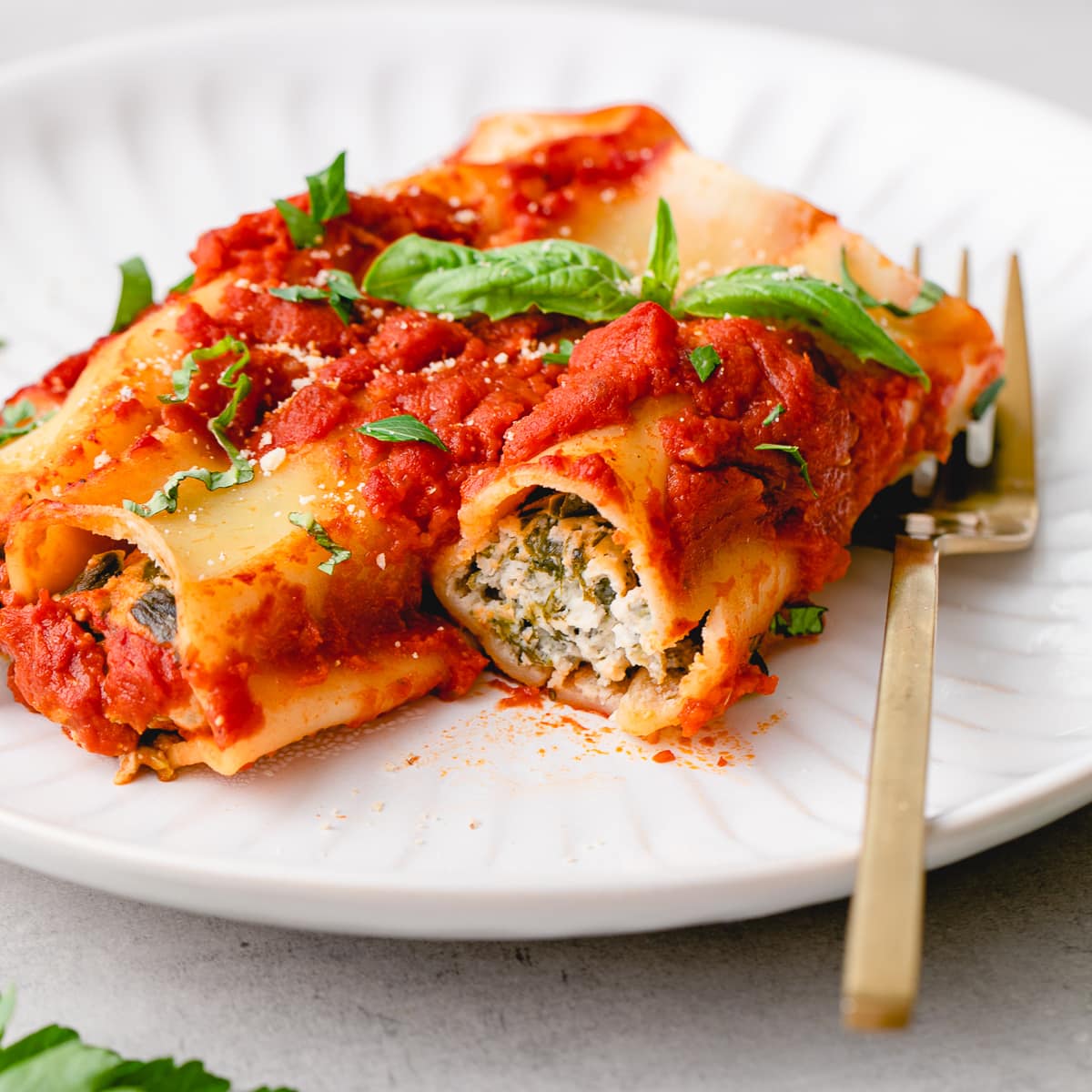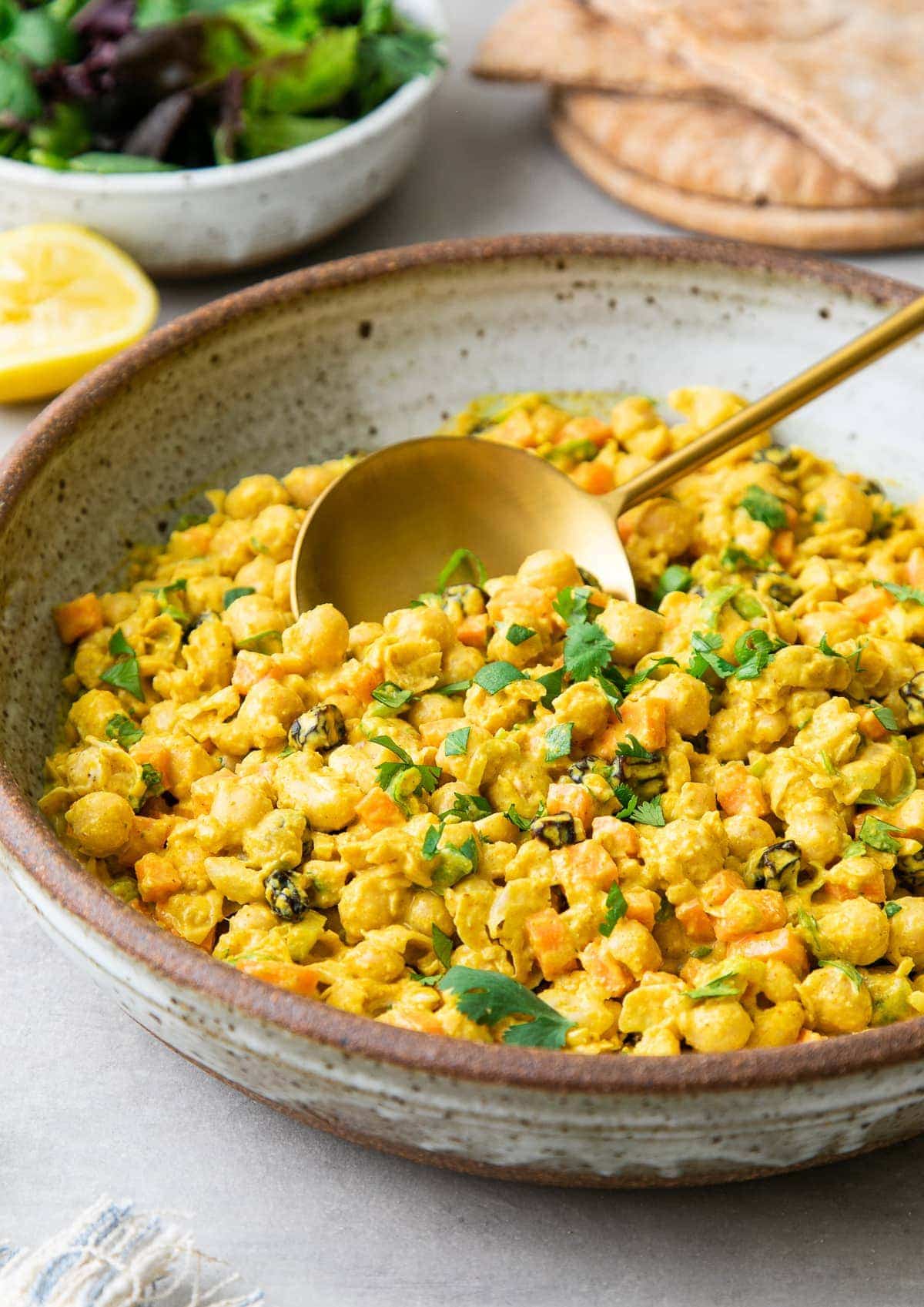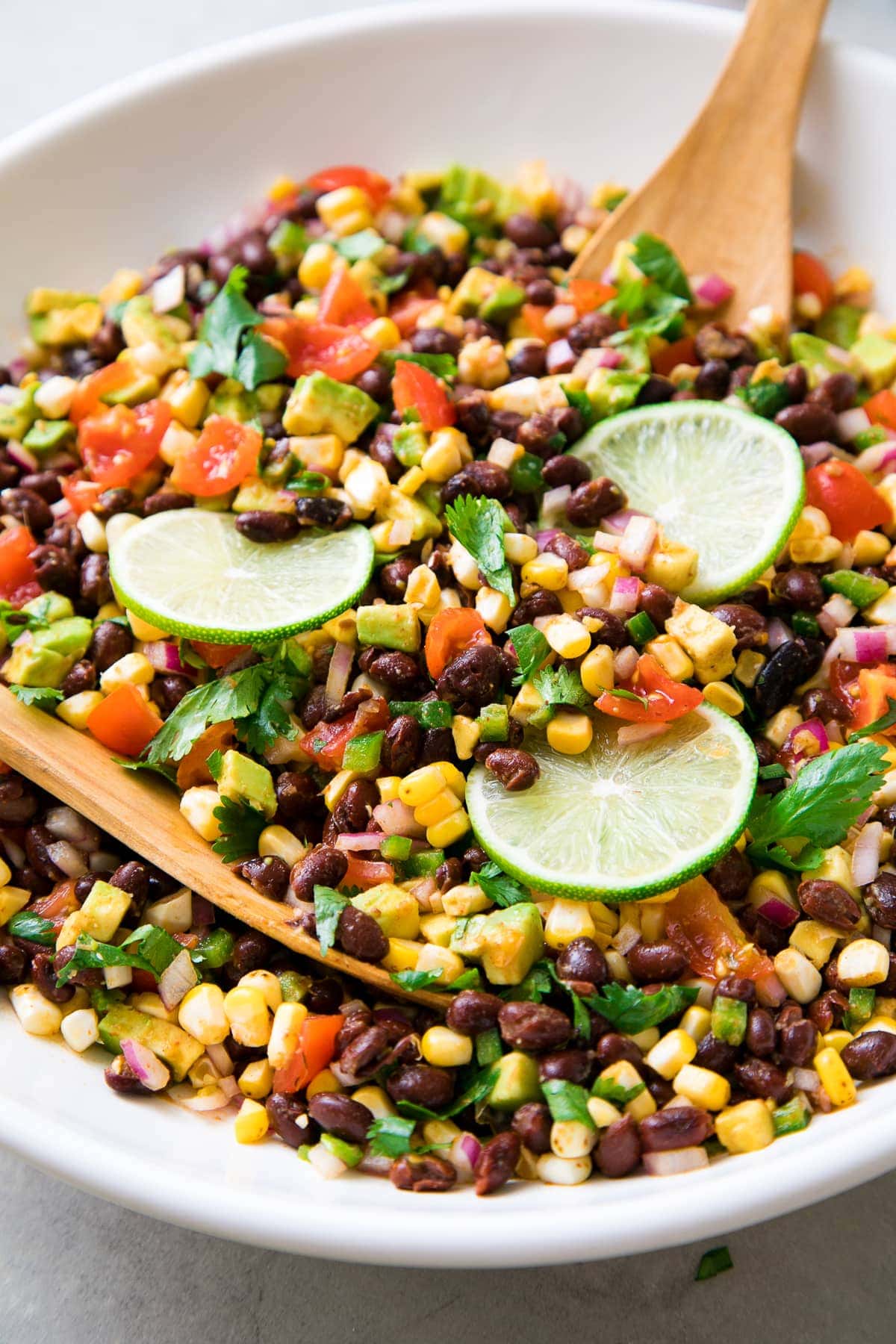
Vegan Dinner Recipes
With 250+ vegan dinner recipes that are nutritious, delicious, and easy to make, we have something for everyone! Whether you’re craving something hearty like this Spinach & ‘Ricotta’ Vegan Stuffed Shells, or breakfast for dinner with these Easy Vegan Waffles, to something light like this Vegan Tofu Poke Bowl, you’re sure to find a tasty dinner to make.










